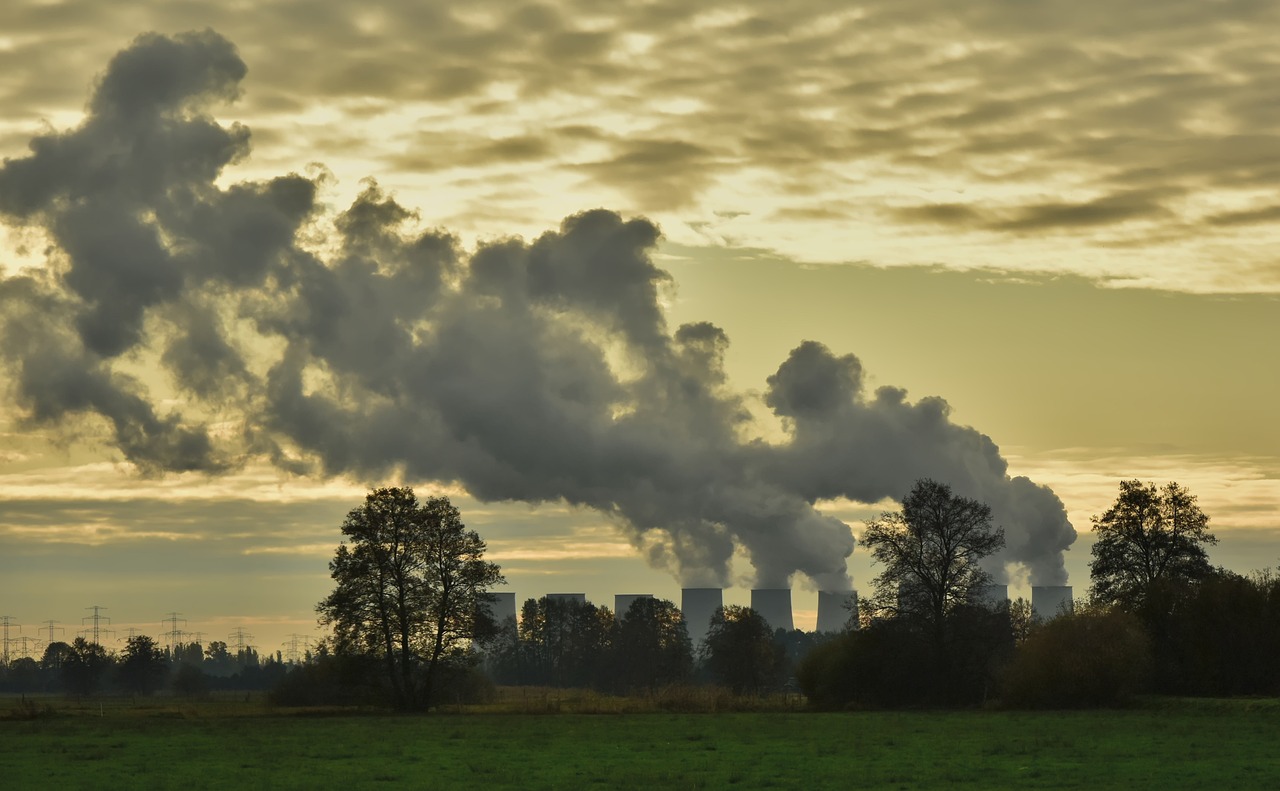Greenwashing: Its lights and shades

Climate change has made that citizens become more and more conscious about its choices when consuming, travelling, … In that regard, the “ecological label” of the products has become a special added value for products and services. For that very reason, brands and enterprises speeded up to develop its own ecological responsibility flagship in order to increase its sales and to improve their marketing strategy.
But the fact is that supermarkets and stores are full of “green labels”. Nowadays Europe has up to 230 green labels and as the European Commission stated, more than 50% are not validated.
This practice, where enterprises and commercial brands use sustainability and fight against climate change as a marketing tool but without meeting the legal criteria to do so is known as “greenwashing”.
A recent report from the Commission concludes that 53,3% of ecological allegations provide for an unfounded and ambiguous information. Not only that but, the Pact for circular Economy identified that textile industry is the most prone to “greenwash” its products, taking into account that this industry is one of the seven key value chain with more ecological footprint.
In that context, consumers are usually condemned for its non-ecological decisions but the fact is that they do not have the tools neither the support for a more sustainable consumption. They do not know how to identify “real green products”, nor, ecological practices.
For that very reason, and in order to empower consumer’s decisions the European Union has proposed a new Act and the launched of its own label, the “EU ecolabel” based on more technical and homogeneous criteria.
What does the proposal include: The lights
The very objective of the New European Act is to banned general expressions like “respectful with environment”, “eco”, “green”, “neutral”, …if they are not based on measurable, credible and technical data.
Furthermore, they fall under the scope of the Act not only big companies but also medium and small size that operates within EU.
The act also includes a tiering, from third party certifications to cycle based certifications
Furthermore, the enterprises need to assess environmental impact, as well as duration, the reuse within its productions, …
What is left: The shades
One of the main critics towards the new regulation is based on the idea that all the technical requirements and requisites could left consumer overwhelmed by the vast amount of information.
On another note, it is for the member states the way the fight is going to take place. In that regard, they are the states the ones responsible for the establishment of verification systems and the implementation of all the measures oriented towards the objectives. That could imply a lack of homogeneous criteria and procedures that could impose pression and costs within enterprises.
In relation with the abovementioned, the act imposes an only-solution method, when the reality of enterprises is complex and diverse. Not all the enterprises have the same footprint and not all of them are able to invest in order to adapt to the new requirements. Sometimes, the cost could be very high and unbearable.
Overall, we can conclude by saying the new European Act regarding greenwashing is a good initiative in order to fight against fraudulent practices regarding green standards. But there are still grey zones that need to be considered in order to assure the effective application and the conquer of the objectives.
